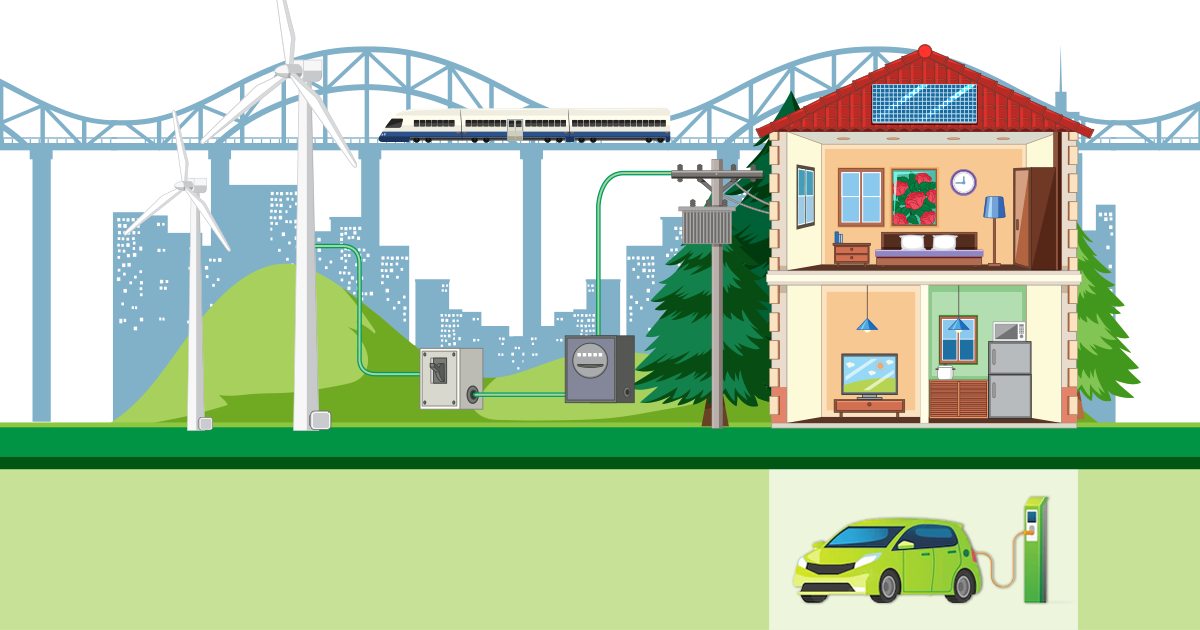Smart Electric Energy in Buildings
Topic Information
Dear Colleagues,
The development of technologies based on sensors, data, communications, and computation can help to increase energy efficiency and to have more sustainable buildings. In particular, in the case of electric energy, there is a long way to go in terms of integrating renewable energy, energy storage, energy sharing, or reducing consumption. In this Topic, we invite submissions of research papers that deal with at least one of the following aspects, considering houses, buildings, condominiums, or any other group of living places:
-The application of enabling technologies to the electric energy in a house or in a building, i.e., Big Data, Artificial Intelligence, Digital Twin, Internet of Things, etc…;
-Technologies, scenarios, and methodologies in storing electric energy;
-Development of renewable and alternative sources of energy;
-Changes in distribution, routines, equipment that can help to have healthier, and more comfortable living places;
-Different approaches to energy management, depending on the scenario;
-Optimization of energy storage, consumption, charge of Electric Vehicles, etc…;
-Upgrades of electric service, in terms of continuity, flexibility, availability, etc…;
-Integration of buildings with Smart Cities;
-Analysis of trends and challenges to solve in the electrical and/or renewable energy installation.
Prof. Dr. Daniel Villanueva Torres
Dr. Ali Hainoun
Prof. Dr. Sergio Gómez Melgar
Topic Editors
Keywords
- energy efficiency
- sustainable building
- electric energy
- renewable energy
- enabling technologies
- big data
- artificial intelligence
- digital twin
- Internet of Things
- energy management
- energy storage
- electric vehicles
- smart cities
